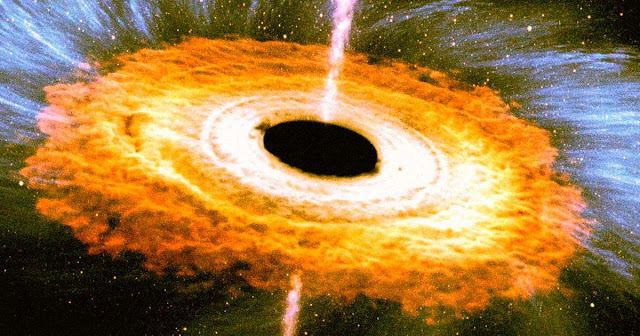Some 104 years after Albert Einstein's theory of general relativity, a team of researchers may have made a major discovery about the existence of black holes. In developing a "new way" to detect them, the team of experts "potentially identified one of the first examples of a new class of low-mass black holes," said Todd Thompson, professor of astronomy. at the University of Ohio, in the journal Science.
"The masses of things tell us about their formation and evolution, as well as their nature," said the researcher, lead author of the study. And to add: “People are trying to understand the explosions of supernovae, the explosion of supermassive stars, how the elements are formed within supermassive stars. So if we could reveal a new set of black holes, we would better see why such stars explode, such others do not, such stars form black holes, and such others of neutron stars. And it opens up a new field of study. "
Less mass than a conventional black hole
A potential discovery made using data from the Apogee collaboration (in French, Experience on the galactic evolution of the Apache Point observatory). It collected the light spectra of more than 100,000 stars in the Milky Way in order to detect a particularly not very massive stellar black hole. Experts then reduced the star panel to 200 stellar specimens and finally isolated a giant red star.
The star orbited around an element with a mass less important than a black hole, and much heavier than any neutron star. Using mathematical calculations, the researchers finally determined that it was a black tower with a mass equivalent to 3.3 times that of the Sun. Never seen before.












0 commentaires:
Enregistrer un commentaire